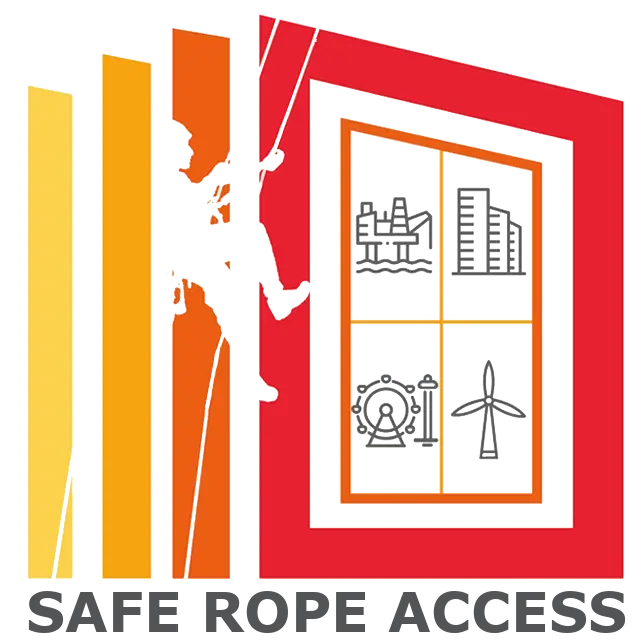Elevating Professional Standards in Rope Access: The IRATA Certification Pathway

Elevating Professional Standards in Rope Access: The IRATA Certification Pathway
In the specialized field of rope access, the International Rope Access Trade Association (IRATA) certification sets the global benchmark for safety, efficiency, and professional integrity. Since its inception in the late 1980s, IRATA has transformed the rope access industry by standardizing training methods and safety protocols worldwide. This article explores the IRATA certification pathway, its importance, the career opportunities it unlocks, and how it elevates professional standards for rope access technicians.
The Genesis of IRATA: A Global Commitment to Safety
The roots of the IRATA certification pathway lie in a shared industry vision: improving safety standards for rope access work. Initially, rope techniques were primarily used by climbers and cavers. However, as their application extended into industrial settings, the need for formalized training became urgent.
Recognizing this, a coalition of companies came together to form IRATA, driven by a commitment to safety and operational excellence. Their collaboration led to the development of a globally recognized training and certification system that ensures consistency and high standards across the industry.
To learn more about industry standards, visit SPRAT Safety Guidelines or IRATA Global Standards.
The IRATA Certification Pathway: A Structured Career Ladder
The IRATA certification pathway offers a clear progression for rope access technicians, building skills and responsibility at each level.
Level 1 Technician
At this entry level, technicians learn fundamental rope access techniques, equipment handling, and essential safety practices. The Level 1 certification prepares them for supervised work at height.
Level 2 Technician
The intermediate certification deepens a technician’s knowledge by introducing complex rigging, advanced maneuvers, and rescue techniques. As a result, Level 2 technicians can tackle more demanding tasks and contribute to complex projects.
Level 3 Technician
The highest certification level focuses on team supervision, risk assessment, rescue planning, and regulatory compliance. Level 3 technicians lead rope access operations and ensure safety on site.
Candidates must complete hands-on assessments, log required hours, and renew their certification every two years to maintain their status.
For details on available courses, visit Rope Access Training page.
Why IRATA Certification Matters
The IRATA certification pathway is more than just a credential; it represents a global standard of competence and commitment to safety.
Here’s why it stands out:
✅ International Recognition: IRATA-certified technicians can work globally, opening doors to diverse projects and locations.
✅ Unmatched Safety Record: The rigorous training process leads to a culture of safety and a strong track record across the industry.
✅ Ongoing Development: The tiered certification structure promotes continuous learning and professional growth.
Career Opportunities for IRATA-Certified Technicians
An IRATA-certified career unlocks a wide range of possibilities across various industries:
Infrastructure and Structural Inspections: Conducting essential inspections and maintenance on bridges, high-rise buildings, and industrial sites.
Renewable Energy: Supporting wind turbine maintenance, inspections, and installations.
Oil and Gas: Providing critical services on offshore platforms, refineries, and pipelines.
Entertainment and Media: Managing rigging and access for film, television, and live events.
Rescue and Emergency Services: Performing specialized high-angle rescues and disaster response.
For details, explore our Rope Access Services page.
Why Choose the IRATA Certification Pathway?
Choosing the IRATA certification pathway provides unique benefits:
Competitive Salaries: Rope access professionals earn attractive compensation due to the high skill level and responsibilities involved.
Global Career Mobility: IRATA certification allows technicians to pursue opportunities worldwide.
Diverse Work Environments: From urban skyscrapers to offshore platforms, every project brings new challenges.
Ongoing Professional Growth: The certification system encourages lifelong learning, keeping technicians ahead in the industry.
Conclusion
The IRATA certification pathway stands as the gold standard for rope access professionals. Since its founding, IRATA has helped shape the global industry by emphasizing safety, efficiency, and excellence. As demand for skilled technicians grows, this certification offers a clear path to career advancement and international opportunities.
For more information, visit IRATA, SPRAT, and PETZL Professional. Ready to start your rope access journey? Contact us today!

